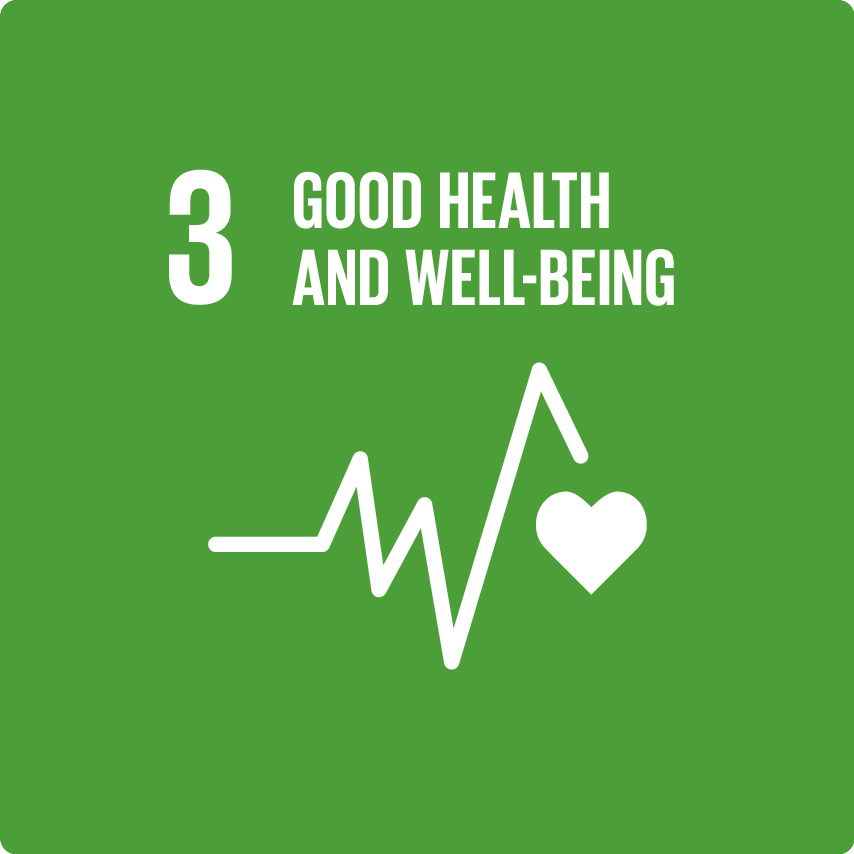Patient Access to Cancer care Excellence (PACE)
Creating wider awareness of what is being done to speed cancer innovations to the patients who need them.
Objectives
- Encourage public policies and health care decisions that speed the development of new medicines.
- Assure cancer treatments respond to the needs and qualities of individual patients.
- Improve patient access to the most effective cancer medicines.
- Through patient participation, science, education, and collaboration, we can take faster steps forward towards cures for cancer and access to the best treatments and care for individual patients.
What are the health needs and challenges?
The fight against cancer is far from over. Significant progress has been made, but progress is not fast enough and does not reach every patient.
This progress is sometimes discounted because it has generally occurred in small steps. Science, medicine and industry have moved forward against cancer not by discovering outright cures in most cases, but by building on existing knowledge and treatments in a series of innovative steps – what is called “continuous innovation.” New treatments or treatment combinations that extend patients’ average survival by a few months are an example of continuous innovation. Over time, this pattern has led to much better outcomes for patients.
Partnership activities and how they address needs and challenges
PACE is a collaboration across international borders and among diverse stakeholders-including industry, academia, payers, and patient groups. PACE acts as a network of networks: to create wider awareness of what is being done to speed innovations to the patients who need them, to help coordinate existing work, and to avoid duplication of effort and waste of resources.
The purpose of the Council is to:
- Provide a forum for intellectual exchange and for linkage between existing initiatives led by its members.
- Recommend actions consistent with the goals of PACE to devise or encourage policy reforms.
- Improve public awareness on cancer-related issues.
PACE and the participants in the PACE Global Council are mutually independent but come together voluntarily under the shared goal of speeding cancer innovations to the patients who need them.
Results and milestones
2015
PACE Continuous Innovation Indicators™ (CII) was launched in 2015. It is a tool that visualises progress against cancer over time and will provide a better understanding of the value of cancer treatments and of the potential impact of policy reforms on the speed of innovation. The tool will permit objective comparisons, initially against 12 tumor types: breast, colon, endometrium, kidney, liver, lung, pancreas, prostate, skin (melanoma), stomach, rectum and testes.
2014
- PACE launched eMEET (Medicine Evaluation Educational Training), a new online training program designed to help patient advocates better influence decisions related to access to new medicines.
- PACE released The PACE Clinical Trials Review, a six-nation qualitative survey of cancer patients and caregivers.
- PACE encouraged constructive dialogue around the value of continuous innovation through op eds, joint editorials, speeches and other venues. One of the PACE-led editorials was referred to during the ASCO 2014 opening address.
- PACE sponsored the “Value Footprint” study published by the London-based Office of Health Economics (OHE).
- PACE sponsored the global “Values and Standards for Patient Engagement in HTA”.
2013
- PACE released the global PACE Cancer Perception Index, a public survey of six countries.
- PACE speaking engagements with different stakeholders to discuss improving access for patient to innovative cancer treatments.
- Lilly Oncology leadership and PACE Global Council member opinion pieces on important patient access issues.
- Launch of PACE global and country websites (US and Germany).
Geographic Reach
- Americas
- Europe
- South-East Asia
- Western Pacific
Disease Area
- Non-communicable diseases
Additional resources
Geographic Reach
Americas
- Brazil
- Mexico
- United States of America
Europe
- France
- Germany
- Italy
- United Kingdom
South-East Asia
- Taiwan, Province of China
Western Pacific
- Japan
- Republic of Korea
Disease Area
Non-communicable diseases
- Cancer

